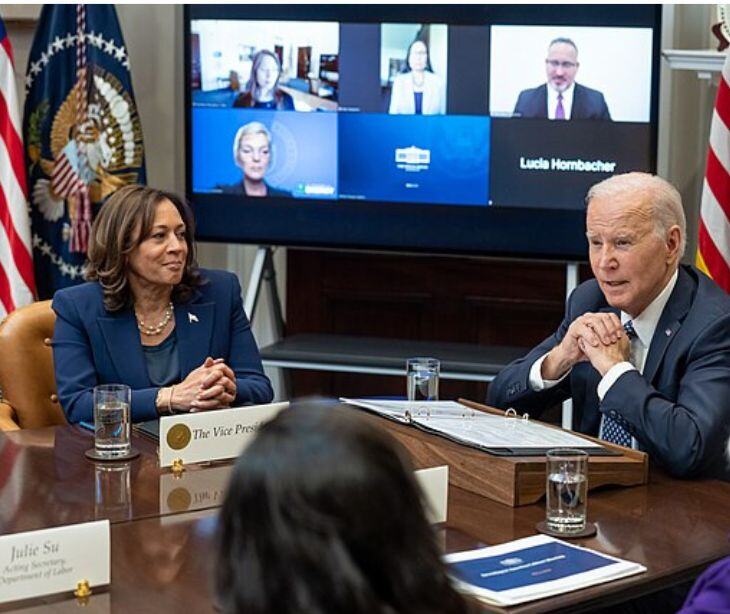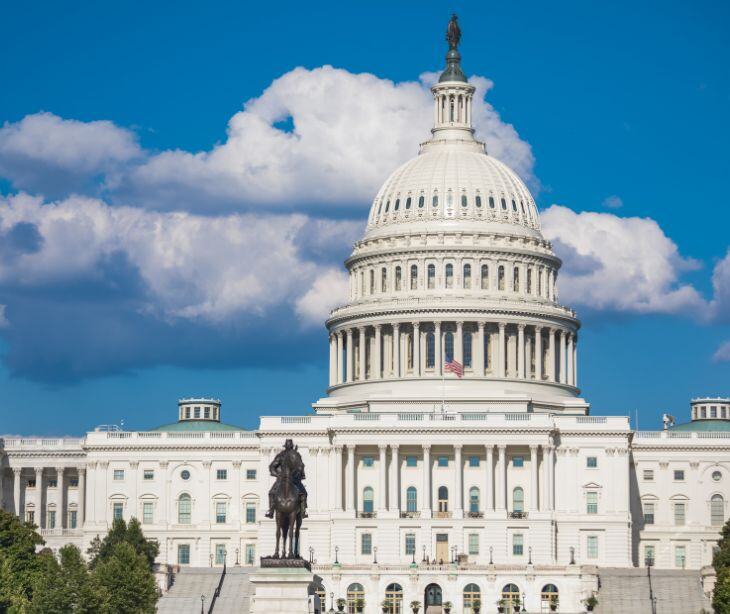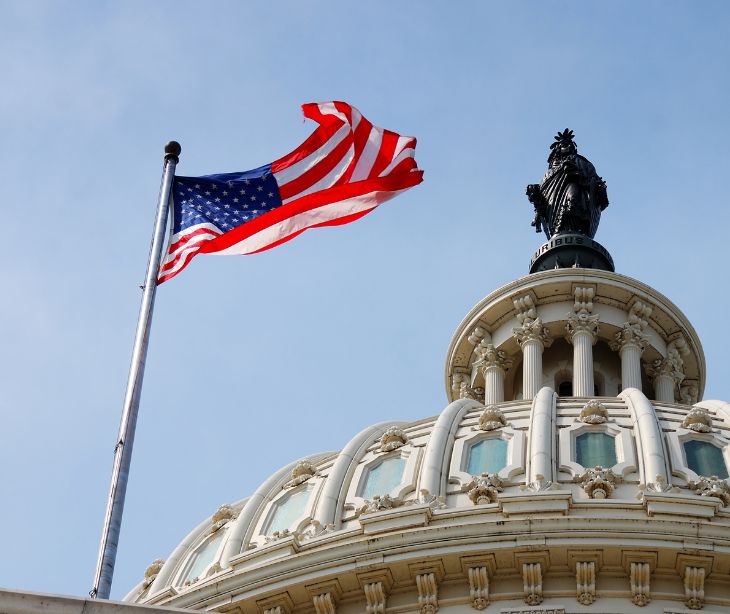2 min read
Biden-Harris report highlights record coverage for minorities
Kirsten Peremore
June 13, 2024

A Biden-Harris report revealed historic gains in healthcare coverage for minority communities and announced an investment in the Navigator program.
What happened
On June 13, 2024, the U.S. Department of Health and Human Services (HHS) released new reports showing increases in healthcare coverage among minority communities since the Affordable Care Act was implemented. This improvement is largely credited to the efforts of the Biden-Harris Administration, which includes making health care more affordable through the Inflation Reduction Act.
To further support access to health care, HHS also announced a new investment of $500 million in the Navigator program, which helps people, especially in underserved areas, sign up for health coverage. This funding aims to build on the progress made and continue increasing enrollment, which reached a record 21.4 million people during the 2024 Open Enrollment Period.
By the numbers
The data released had some interesting insights, here is a summary of what is relevant:
- From 2010 to 2022, the uninsured rate for Black Americans dropped from 20.9% to 10.8%.
- In the same period, the uninsured rate for Latinos decreased from 32.7% to 18%.
- The uninsured rate for Asian Americans, Native Hawaiians, and Pacific Islanders (AANHPI) fell from 16.6% to 6.2%.
- American Indians and Alaska Natives (AI/AN) saw their uninsured rate reduce from 32.4% to 19.9%.
- In 2024, about 22% of those who reported their ethnicity during Marketplace enrollment were Latino, which could mean around five million Latino Americans have coverage.
- Approximately 9% of the enrollees who reported their ethnicity were Black, estimating almost two million Black Americans with Marketplace coverage.
- About 12% of the enrollees reported being AANHPI, indicating over 2.5 million AANHPI Americans have Marketplace coverage.
- One percent of those who reported their ethnicity were AI/AN, translating to an estimated 200,000 AI/AN Americans with Marketplace coverage.
What was said
In the HHS press release, Secretary Becerra stated, “The Biden-Harris Administration is laser-focused on making sure everyone can get health care, regardless of the color of their skin. Today’s data show just how far we have come in reaching Black, Latino, Asian American, Native Hawaiian Pacific Islander, and American Indian and Alaskan Native populations, who are disproportionately uninsured. HHS is doubling down on our efforts by announcing another historic investment in Navigators, helping us continue to reach record enrollment in underserved communities.”
See also: Using emails for LGBTQIA+ mental health support
Why it matters
These statistics reveal notable decreases in uninsured rates among Black, Latino, Asian American, Native Hawaiian, Pacific Islander, and American Indian and Alaska Native populations. This progress shows the success of efforts to make healthcare more accessible and affordable, thereby addressing long-standing disparities in healthcare provision for minorities. However, the data also highlight the continued need for improvement.
Despite these gains, many individuals in these communities still face barriers to accessing necessary medical care. The diverse ethnic groups within AA and NHPI communities, speaking over 100 different languages and dialects, require culturally competent care to overcome these barriers. Additionally, the lingering effects of racism and xenophobia, exacerbated during the COVID-19 pandemic, further complicate access to care.
See also: HIPAA Compliant Email: The Definitive Guide
FAQs
What is the Navigator program?
The Navigator program helps people, especially in underserved communities, sign up for health care coverage.
How does the Navigator program work?
Navigators are trained individuals who help people understand their health insurance options, assist with enrollment, and provide support throughout the process.
What specific barriers do minority communities face in accessing health care?
Barriers include language differences, cultural misunderstandings, fear of discrimination, lack of information, and financial constraints.
What measures are being taken to improve cultural competence among healthcare providers?
Measures include training programs, hiring diverse staff, offering language services, and developing culturally appropriate health education materials.
Subscribe to Paubox Weekly
Every Friday we'll bring you the most important news from Paubox. Our aim is to make you smarter, faster.



